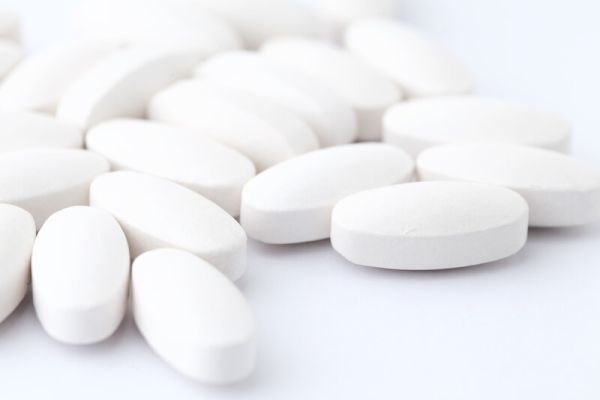Opioid Agonist Treatment and Decreased Mortality
The Carlat Addiction Treatment Report, Volume 10, Number 5&6, May 2022
https://www.thecarlatreport.com/newsletter-issue/catrv10n4-5/
Issue Links: Learning Objectives | Editorial Information | PDF of Issue
Topics: Free Articles | Medication for Opioid Use Disorder (MOUD) | Opioid epidemic | Opioid Use Disorder
David Moltz, MD. Dr. Moltz has disclosed no relevant financial or other interests in any commercial companies pertaining to this educational activity. Opioid agonist treatments, namely methadone and buprenorphine, save the lives of people with opioid use disorders. In this study, researchers break down how exactly these medications decrease mortality, and it’s not just by reducing overdoses. REVIEW OF: Santo T et al, JAMA Psychiatry 2021;78(9):979–993 STUDY TYPE: Systematic review and meta-analysis It has been well established that opioid agonist treatment (OAT) saves lives by reducing rates of fatal drug overdose. But OAT can reduce mortality in other ways as well. In this study, researchers analyzed 15 randomized clinical trials and 36 cohort studies across nearly 750,000 participants in order to conduct the first systematic examination of the association of OAT with various causes of death among patients with opioid use disorder. As expected, the authors found that OAT (methadone or buprenorphine) was associated with an impressive reduction in all-cause mortality; patients receiving OAT died less than half as often as those not receiving OAT (RR 0.47). Importantly, this risk reduction was the same whether patients were taking methadone or buprenorphine and was remarkably consistent across a host of patient characteristics including age, gender, HIV or hepatitis C viral status, and whether the patient used drugs intravenously. Researchers found that patients receiving OAT had decreased mortality due to several specific causes of death as well. Not only did they have a two-thirds reduced risk of unintentional drug overdose (RR 0.35), but they also had reduced risks of death due to suicide (RR 0.48), cancer (RR 0.72), alcohol (RR 0.59), and cardiovascular conditions (RR 0.69). The six studies specifically looking at OAT outcomes in and around incarceration were particularly striking. The single study of OAT during incarceration showed large decreases in the risk of all-cause mortality (RR 0.24) and deaths related to drugs or suicide (RR 0.17). Similarly, five studies showed dramatic reductions in risk from all-cause mortality (RR 0.24) and drug-related deaths (RR 0.19) in the month after release for those who received OAT compared to those who didn’t. Researchers found two caveats that providers should be aware of, though neither was unexpected. First, and most obviously, OAT must be taken to be effective. Patients became particularly vulnerable if they discontinued treatment, with all-cause mortality increasing six-fold in the first month (RR 6.01) and remaining nearly doubled (RR 1.81) for as long as they were not receiving OAT. In addition, mortality was twice as high during the first month of methadone treatment (RR 2.01) compared to the rest of the time on OAT. This is likely because methadone doses are titrated gradually, thus potentially leaving patients vulnerable while still on a low dose. Buprenorphine can be titrated much more quickly, which is likely why this trend was not observed among those receiving buprenorphine. Carlat Take OAT is a powerful tool for reducing death due to a variety of causes, both related and unrelated to drugs. This trend is consistent across demographic groups and is especially pronounced during and upon release from incarceration. Mortality increases when OAT is discontinued, particularly in the first month.


